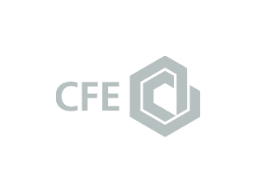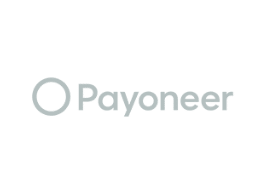Silverfort provides a comprehensive solution for multi-factor authentication (MFA) for RDP, ensuring secure remote access to critical resources.
Integrating Multi-Factor Authentication (MFA) into Remote Desktop Protocol (RDP) sessions is essential for enhancing security in remote access environments. RDP, widely utilized for its efficiency in providing remote access, is often a target for cyber attacks.
Implementing Silverfort’s MFA for RDP sessions adds a critical security layer. When a user initiates an RDP session, Silverfort requires them to undergo an additional authentication process, ensuring robust security by verifying the user’s identity beyond just their username and password. This extra step is vital in safeguarding sensitive data and systems accessible via RDP.
With Silverfort’s AI-based platform, organizations can leverage various authentication factors, including adaptive risk-based authentication, without deploying any agents or modifying their infrastructure. This powerful solution enables organizations to maintain compliance with industry regulations while protecting their sensitive information from malicious actors.
With Silverfort, you can easily implement and manage secure remote access to your network, with complete visibility and control over access policies and user behavior.
Silverfort’s MFA for RDP allows for seamless deployment without the need for any agents or network changes.
Silverfort’s MFA for RDP improves security by adding an extra layer of authentication, reducing the risk of unauthorized access.
Silverfort’s MFA enables secure, agentless MFA for RDP, protecting previously unprotected environments.


































compromised credentials are offered for sale in the dark web
of enterprises rely onrnlegacy or hybrid IAM infrastructure
of data breaches and ransomware attacks involve compromised credentials